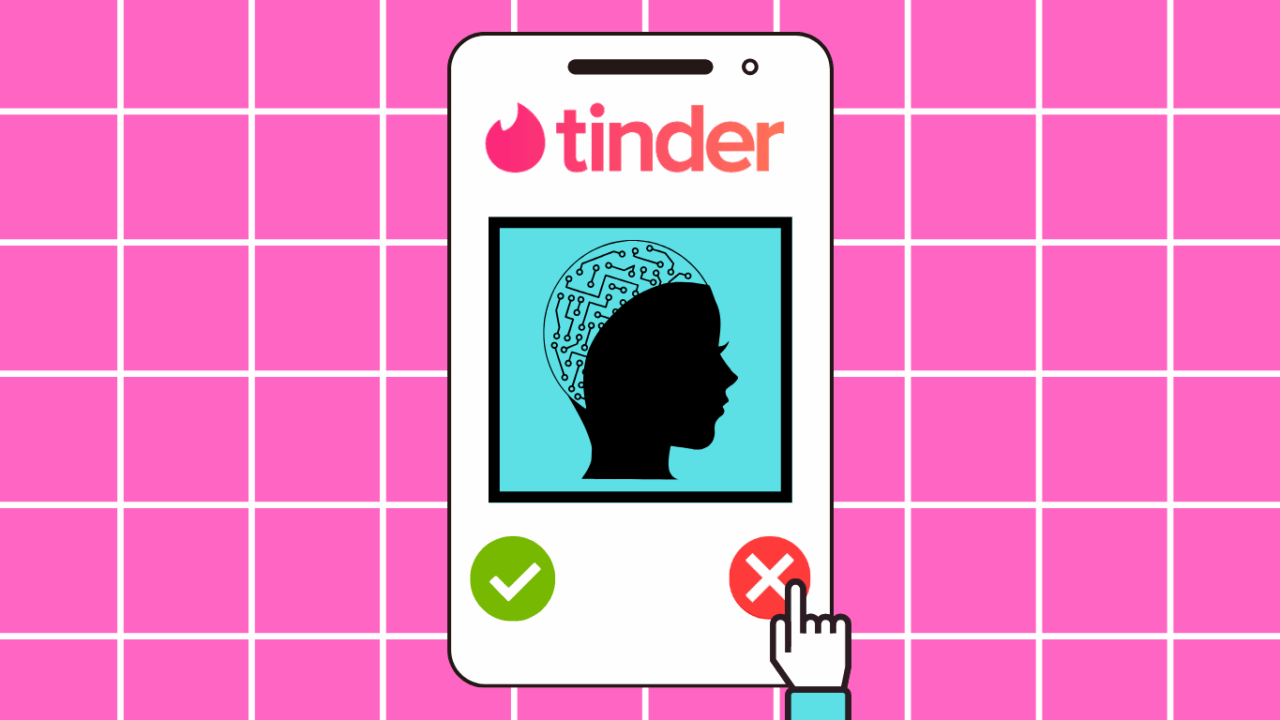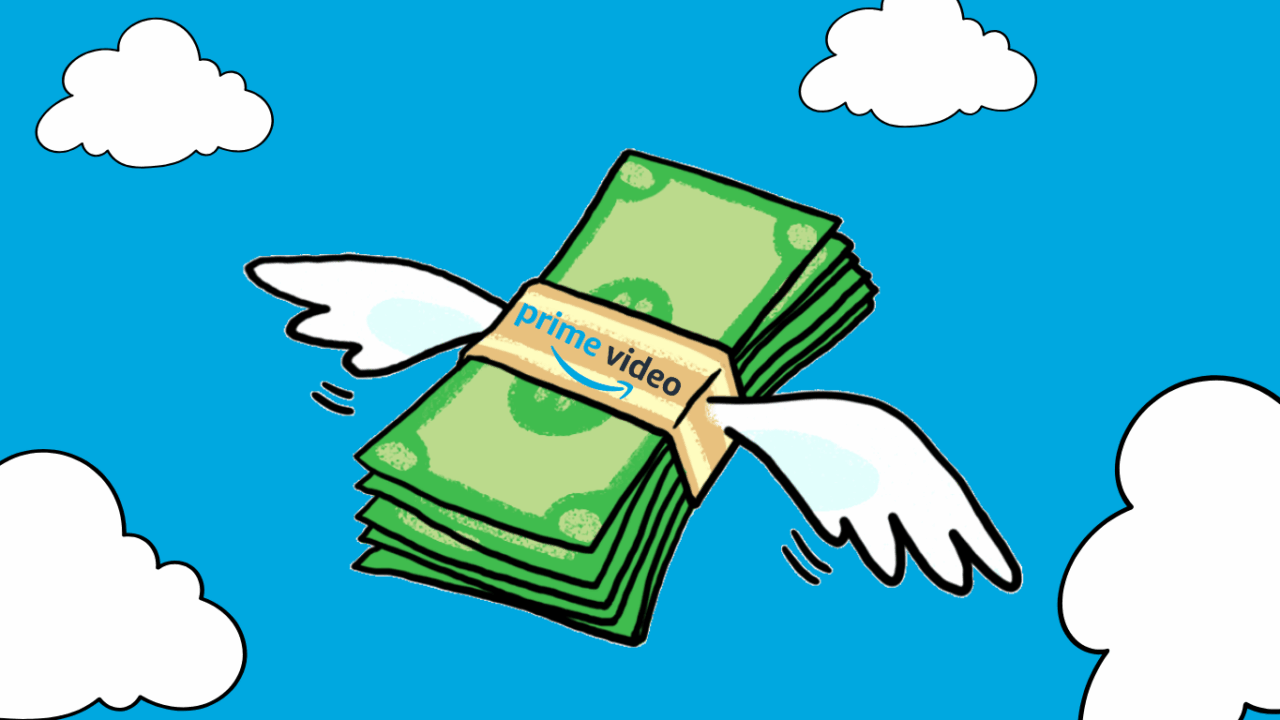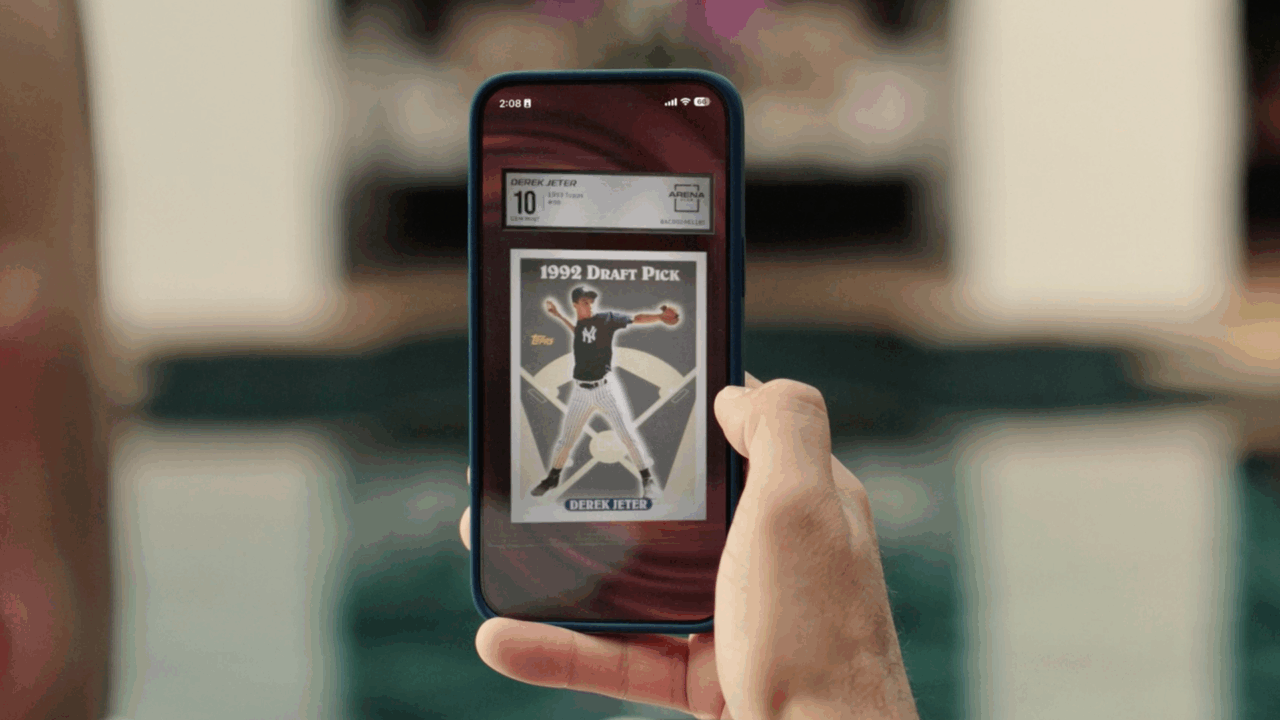Jake Saner Brings Cinematic Flair to Both Indie Films and Global Brands

Jake Saner is a cinematographer and independent filmmaker known for his work in both the entertainment industry and commercial content.
He recently shot Good Girl Jane, featuring Andie MacDowell, Rain Spencer, and Patrick Gibson. Saner is rapidly gaining recognition as a sought-after creative content and commercial director, collaborating with top-tier brands like Diet Coke, Gucci, Nike, Ralph Lauren, Tommy Hilfiger, Uber, and Wells Fargo.
Beyond filmmaking, Saner enjoys watching movies, practicing yoga, playing music, building with Legos, and spending time with loved ones.
He is recognized for his handcrafted, small-scale projects, often shot on 16mm film with limited resources. His work emphasizes human connection, transformation, and moments of self-realization, capturing a sense of authenticity that resonates with audiences. Saner’s minimalist approach to production makes his work both cost-efficient and impactful, allowing him to elevate material without heavy equipment.
This Creator Spotlight explores Saner’s approach, creative inspirations, and his ability to bring life and vibrance to every frame.
How do you approach content creation as a creator and how did you develop your style?
My mission in general is to create work that explores and inspires a state of presence and illustrates our connection to each other and to the world: work that uplifts, work that illustrates our potential for harmony. My visual style developed out of this intention. A handheld camera is an intuitive way to capture an image. A composition is an intentional way to frame a scenario. My style stems from the balance between these two aspects: letting the world unfold as it is (while adapting to it intuitively) and presenting the world as you’d like it to be.
This mentality manifests differently depending on the project. For example, when I direct a music video, I may be very precise about getting these points across. When I shoot a feature film, these intentions blend with the director’s in a way that hopefully uplifts their vision. When I shoot a commercial, I bring this perspective to the process as much as to the visual language with the trust that it will translate to the viewer.
Which platforms are a high priority for you as well as the audience you are trying to reach?
The highest priority platform for me is a movie theater! Tribeca recently released the feature film I shot, “Good Girl Jane,” directed by Sarah Elizabeth Mintz. We had a limited theatrical run in Los Angeles, and it remains a magical experience watching the film with a large and focused group. The feeling in the room, the attention required by the setting, conversations in the lobby afterward. It’s crucial as artists to have physical interactions with those who experience our art. Though we often make it for ourselves, we do need energetic feedback that is more nuanced than a comment on a post.
That being said, Instagram has been a valuable tool for me throughout my career: a good way to organize my work and also an efficient way to share it with a supportive community. I’m grateful for the platform, though it can’t replace a theatrical screening and the moviegoing experience. Comments and likes are not enough to sustain an art practice and, as creators, we can end up altering our intentions to prioritize statistics rather than exploring what matters to us.
Since you are also an independent filmmaker, how are you feeling about the state of the industry, especially since filmmakers were affected by the strikes last year?
In short, I think we’re at a major point of transition, approaching a massive transformation in the entertainment industry. On one hand, we will have a ruthlessly efficient “content” creation mechanism, pumping out heaps and heaps of fluff to be consumed, all masquerading as film. As AI becomes adopted, this “content” will only get weirder, increasingly more watered down and even more referential (in an industry that is already terrified to innovate). On the other hand, we have an audience that, despite what the algorithms may say, still desires truth, still yearns for growth, still deeply longs for that little spark of inspiration that great cinema can ignite. The need for truthful art within our civilization’s most impactful art-form is dire. The viewer will always desire what the mechanism will never offer.
Enter a new indie filmmaking renaissance. What do we do as filmmakers when the mechanism makes more “perfect” “content” than we can? We go back to the core, we return to the human, we create, we boldly explore and experiment, we challenge. We need new voices. We need brave voices. We need to support and foster the existing voices who push these boundaries. And we need those who believe in the art of cinema over financial success and fame. There is still value in art even when our work isn’t always valued monetarily.
Eventually, meaningful human work will, again, be the only work with true value and the money will follow. But it will be a hard road. Many will give up. Many will be forced out of work. The strikes were a symptom of this conflict within the industry: artists fighting for their worth vs. the mechanism becoming more mechanical. Personally, even though last year and much of this year have been impossibly slow, I’m excited! Post strikes, I’ve found myself grateful and excited to contribute true care and thought into each project I shoot.
For the brands you worked with such as Diet Coke, Gucci, Nike, Ralph Lauren, Tommy Hilfiger, Uber and Wells Fargo, how did you strike a balance between what works for their campaigns and what matters to you as a creator?
It is definitely about balance. To make cohesive work for a large brand you need to understand what it is they value and how you can best offer your heart within that framework. In my early days of shooting commercial work, there were times when I’d push for my particular aesthetic and often get away with experimentation or complex visual sequences on set, only to find that, in the edit (which is entirely out of my hands) what truly mattered to the client was very different and our grand plans were chopped and diced into something dissonant.
Now, I am incredibly conscious about brand intentions and work to subtly input my own sensibilities within their preexisting identity in a way that uplifts their priorities. This allows for a much more cohesive product. An ad or film will always be stronger if the creators have a shared vision. This means you have to start by listening before allowing your imagination to run wild.
When you understand the mission, then you can let your imagination explore what matters to you within the world of the brand that has existed long before the project. This being said, it’s equally important to have your own voice as a cinematographer. A distinct voice will ultimately attract clients that share your sensibilities. It’s rewarding when this balance is achieved: when you can offer a brand what they require and also visually elevate a piece in a way that both uplifts their intentions and resonates with you.
When it comes to brand deals, how do you make sure that whatever you are making is authentic rather than producing content for the sake of doing it?
A big reason I’m hired is to lend my authenticity to a brand. One of my strengths is locating the heart of a situation and translating that into a frame. Sometimes this is valued, sometimes it’s beside the point. Regardless of the brand, what I do takes place in a physical space, with other people. This is where [the image] is born, and if we foster a sense of presence, connection and shared intention in those spaces, it resonates with the viewer. The process is often the authentic element for me, and I believe that translates on screen.
I also love what I do. There are many aspects of this job that bring me joy even when the product may not offer complete artistic fulfillment: I love collaborating with other creators. I love being on set. I love the problem solving aspect. I love creating beautiful imagery.
Do you have advice for anyone who wants to break into film making?
Start making movies! We live in a magical era when anyone can reach millions of viewers literally for free. Don’t try to imitate: allow yourself to make something unique. In truth, it’s the greatest meritocracy: If your work is truly compelling, it will have an impact. Though, of course, it takes perseverance. And to sustain perseverance you need inspiration. Begin with what is most exciting to you and work from there. This could be a simple image, a line of dialogue, a joke, a story, a feeling. Follow that excitement and see where it leads.





